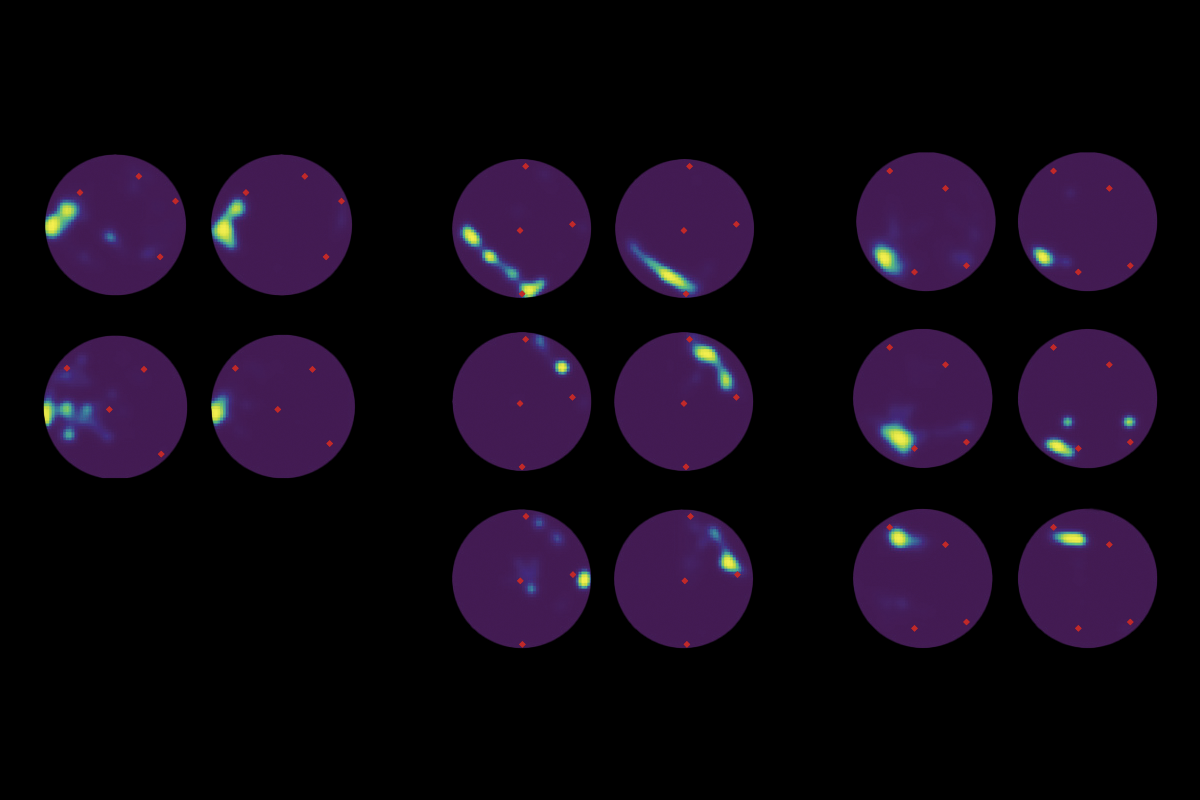
Sleep doesn’t just consolidate memories; it actively shapes them
The rapid eye movement (REM) phase preserves newly acquired memories, but deeper non-REM sleep helps to adapt and update them, according to “heroic” day-long electrode recordings in rats.
Newly formed memories change over the course of a night’s sleep, a new study in rats suggests.
The results reveal that memory processing and consolidation is more complex and prolonged than previously understood, says study investigator Jozsef Csicsvari, professor of systems neuroscience at the Institute of Science and Technology Austria.
Sleep has long been known to help consolidate memories, though most studies have tracked only a few hours of this process. The new work monitored memory-related brain activity patterns across almost an entire day—representing a significant step forward, says Lisa Genzel, associate professor of neuroscience at Radboud University, who wasn’t involved in the research. That’s “a heroic effort,” she says.
Csicsvari and his team implanted wireless electrodes into the hippocampus of three rats and recorded neuronal activity as the animals learned to navigate a maze in search of hidden pieces of food, rested or slept for 16 to 20 hours after, and then revisited the same food locations the following day.
The neurons that fired during learning became active again throughout the rest period, especially during sleep, the team found. This reactivation is a key part of memory consolidation, and it doesn’t just happen immediately after learning; instead, it continues for hours, the study shows. And while the animals slept, their brain activity patterns gradually shifted to resemble the post-sleep recall patterns—a change known as “representational drift” that likely helps the brain weave new information into what it already knows, Csicsvari says.
Some neuron groups may be more involved than others in updating memories, the work showed. Some cell types remained stable, whereas others changed their activity. For example, hippocampal neurons called CA1 pyramidal cells showed distinct firing patterns during memory reactivation. And interneurons, too, appeared to play a supporting role, mirroring the changes in pyramidal cells. The team published their findings in Neuron in March.
L
ooking at sleep over the better part of a day also revealed that different sleep stages have opposing effects on representational drift. Rapid eye movement (REM) sleep—a lighter sleep stage linked to dreaming—preserves and restores an original memory, whereas non-REM sleep promotes drift, helping to adapt and update the memory, the study showed.In humans, non-REM sleep tends to dominate the early part of the night, gradually giving way to more frequent and prolonged REM sleep. A similar pattern may occur in rats, though their sleep architecture involves shorter cycles and more frequent brief awakenings than in people, Csicsvari says. Still, he adds, his team found that the most pronounced shift in brain activity happens during the early stages of sleep, which aligns with the dominance of non-REM sleep at that time in both species. Although REM becomes more prevalent later, its shorter duration in rats wasn’t sufficient to return the animals’ brain patterns to their pre-sleep state, he says.
“What I might have expected before this study would be the opposite,” says Kamran Diba, associate professor of anesthesiology at the University of Michigan, who wasn’t involved in the research. A long-standing hypothesis has been that REM sleep helps the brain forget unimportant information rather than hang onto it.
Still, the two ideas may not be mutually exclusive. “The surprising finding is that REM sleep prevents the representational drift,” Csicsvari says. The drift likely occurs because the brain, when learning something new, adjusts the memory to fit a broader context, but REM sleep might try to keep memories true to the original experience—and in some cases, it may even help the brain slowly forget certain details, he says. At this point, he adds, “we really don’t know.”
Csicsvari’s findings align with a recent theoretical model that suggests that during non-REM sleep, the brain recruits new neurons to update memories, which can cause the memories to blend. REM sleep then prunes weaker neuronal connections, helping to separate overlapping memories, says Michal Zochowski, professor of physics and biophysics at the University of Michigan, who developed the theoretical model but was not involved in Csicsvari’s study. The new study provides evidence of this process happening in the brain, Zochowski says.
The work also highlights the importance of tracking brain activity across multiple sleep cycles, Diba says. His own research, published last year, suggests that sleep not only helps the brain process the past but also prepares it for future experiences. “That’s the exciting thing in this and our study,” he says.
It’s still unclear what causes memory patterns to shift over time. Csicsvari says he and his team hope to test whether non-REM sleep causes the drift by blocking memory reactivation during sleep. They also plan to look beyond the hippocampus, because long-term memories are eventually stored elsewhere in the brain.
In the future, a better understanding of how sleep affects memory might lead to treatments for conditions such as post-traumatic stress disorder or depression, which could involve faulty consolidation such as overgeneralizing fear or focusing too much on negative memories, Genzel says. Although practical applications are still far off, she adds, this study brings us closer to learning how to guide memory by targeting specific sleep stages.
Recommended reading
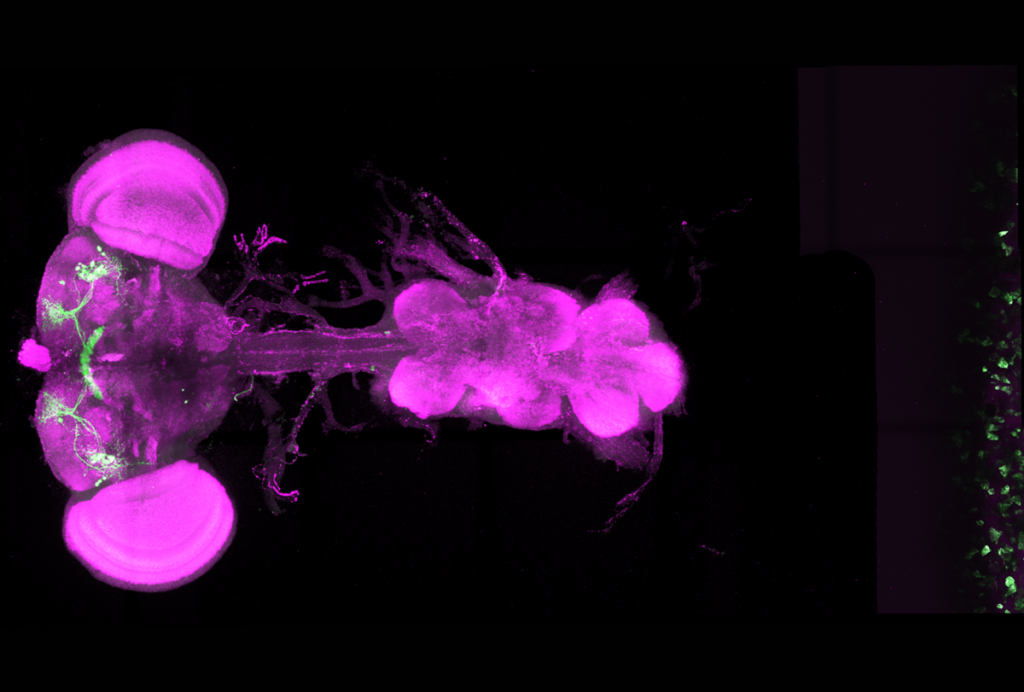
Mitochondria set ‘ancient’ metabolic thermostat for sleep in flies, separate from circadian rhythms
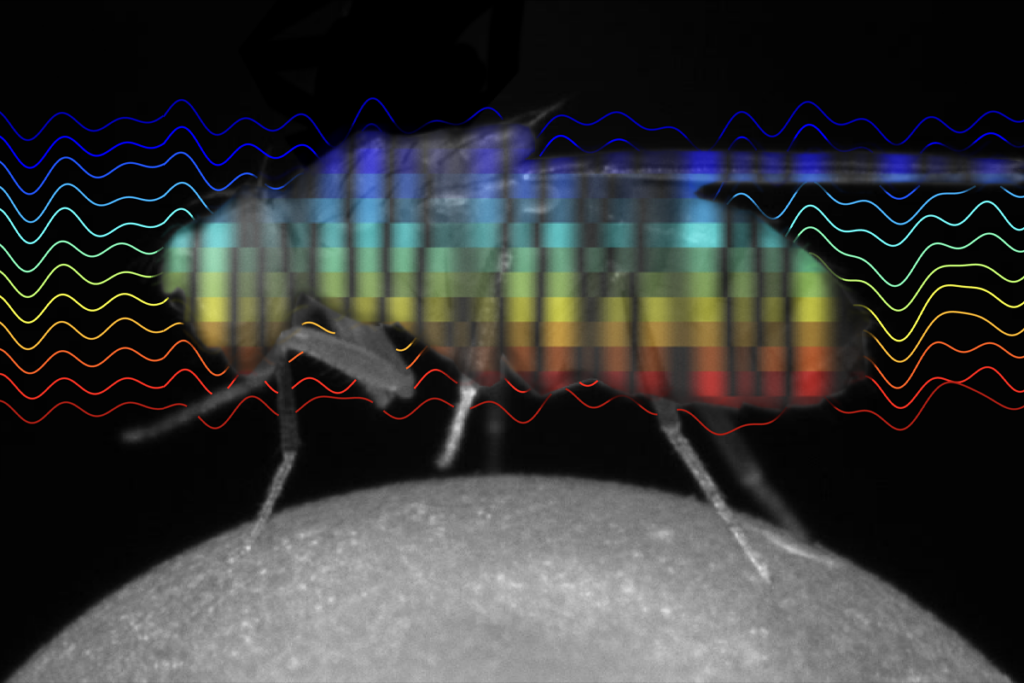
Drosophila, like vertebrates, filter sensory information during sleep

Fleeting sleep interruptions may help brain reset
Explore more from The Transmitter
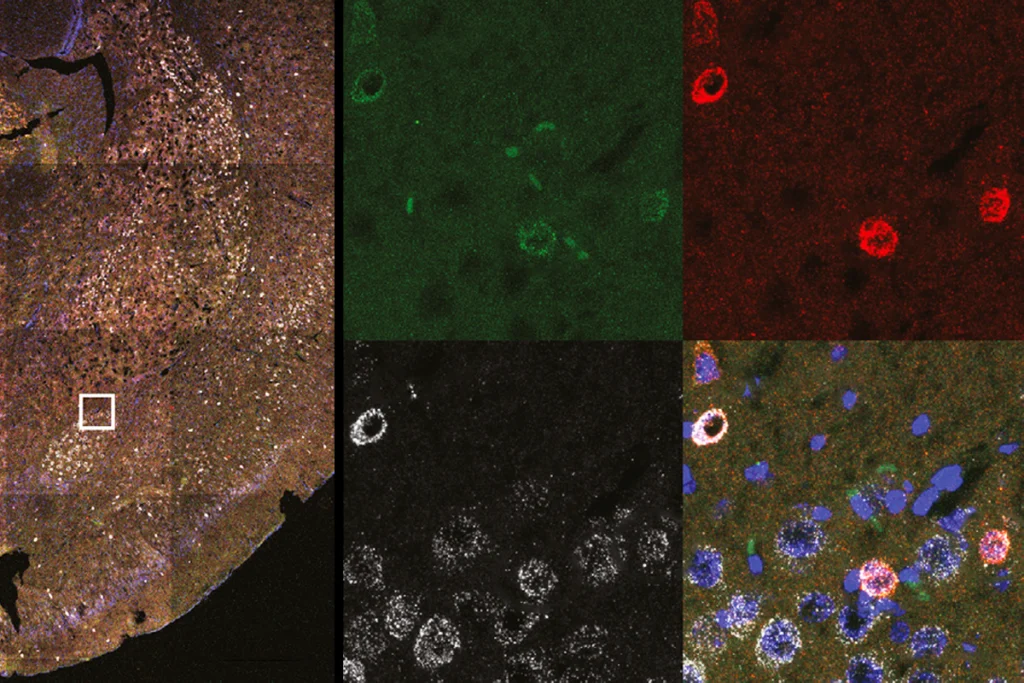
Stress warps fear memories in multiple ways
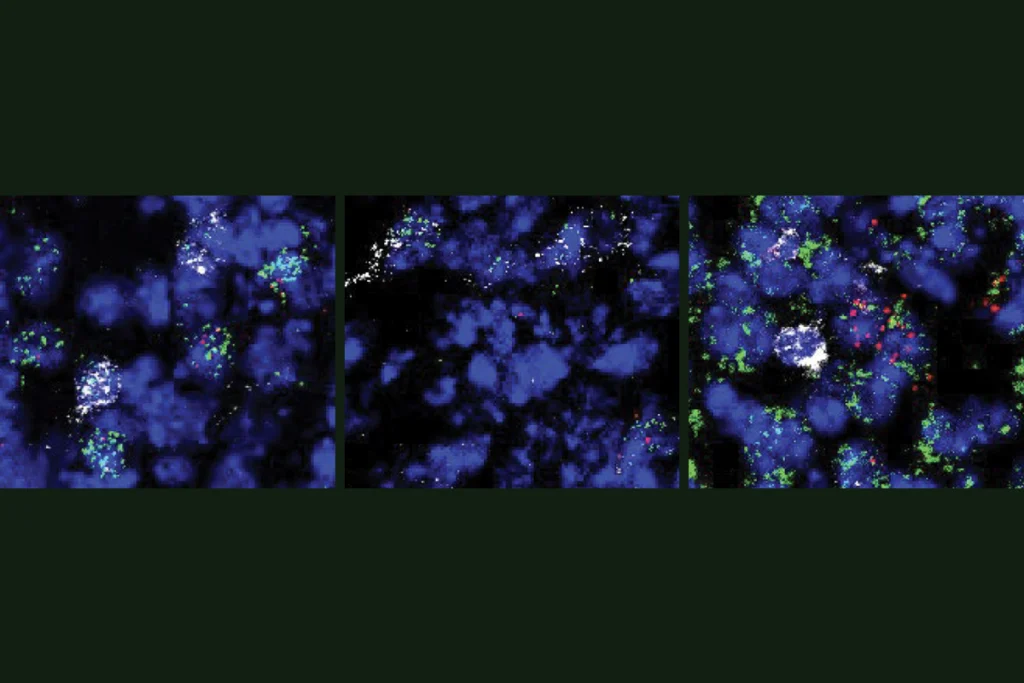
Novel neurons upend ‘yin-yang’ model of hunger, satiety in brain
